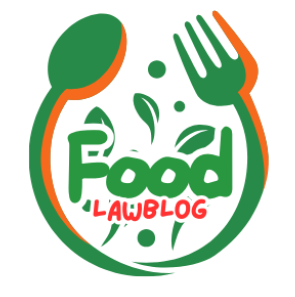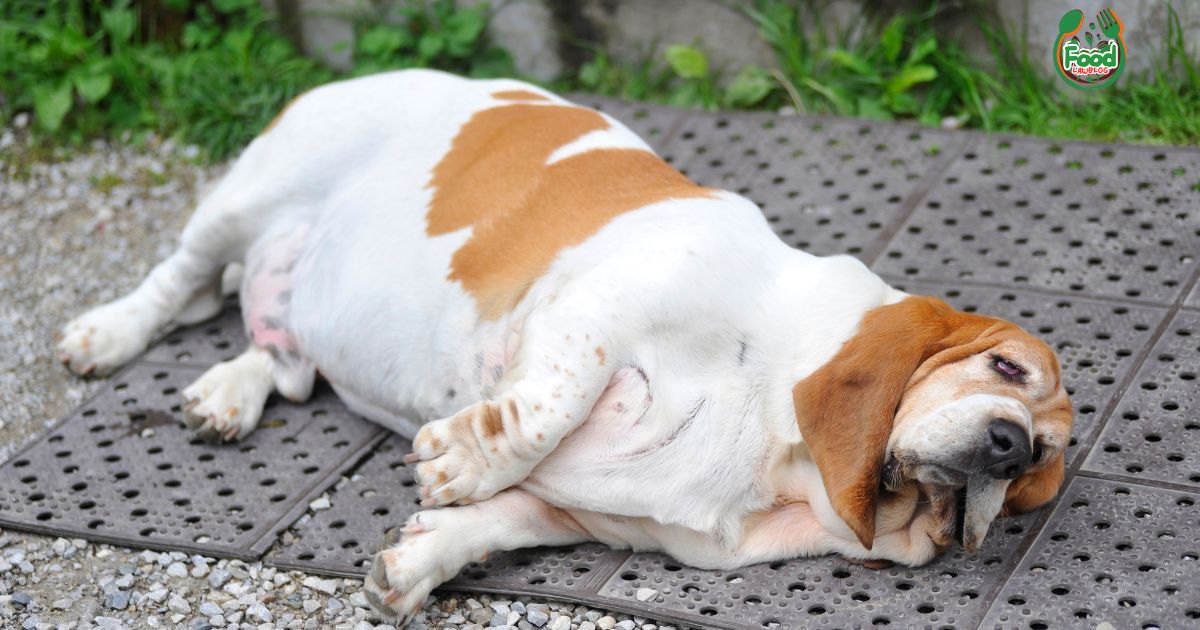Intro:
Low fat dog food: A healthy diet is the foundation of your dog’s health, and for a lot of dogs, that requires careful monitoring of fat content. Dietary fats are key for energy, but if they’re fed in excess, it can result in digestive issues and, even more concerning, health problems such as pancreatitis. Whether your vet has suggested making a change or you have reason to believe that your fur kid might do better on a leaner diet, wading through all the low-fat dog food options can be confusing.
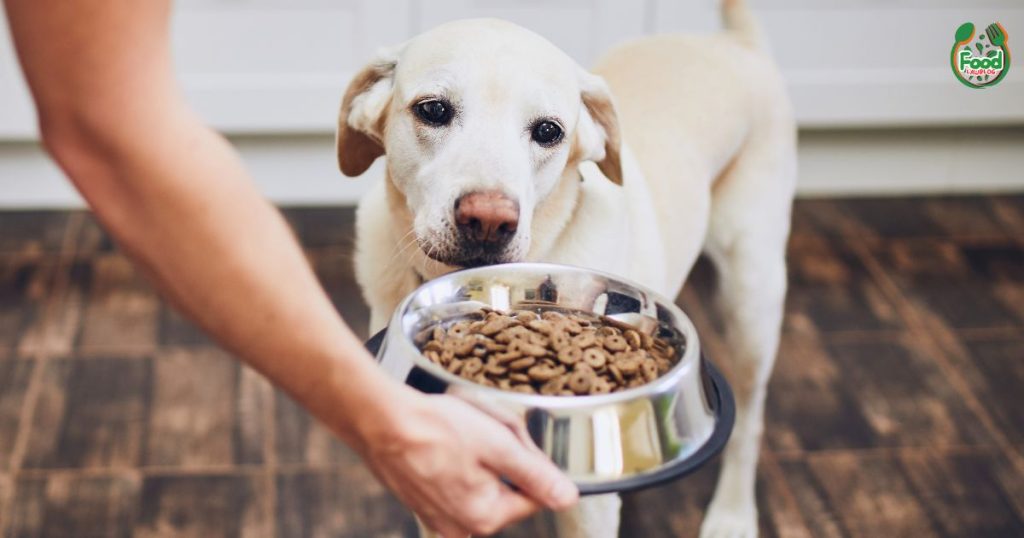
This thorough guide is to the rescue. We will discuss why you might want to consider a low-fat diet for your dog, along with what “low fat” means when it comes to dog food. We’ll explain the key factors to consider when searching for a quality recipe so you can feel confident your dog is getting everything he needs for a long, healthy life. Above all, we will look at 5 of the best low-fat dog food brands that aid in healthy digestion and overall health. By the time you finish this article, you’ll have the knowledge and confidence to pick out what’s best for your fur baby.
When Might a Dog Need Low Fat in Their Diet?
This is a guide to help you navigate through “prescription” dog food recommendations for low-fat diets. This isn’t simply about maintaining a healthy weight: certain health conditions may require feeding of less fat to help your dog remain pain-free and healthier over the long term.
Pancreatitis: A Primary Concern
The most common reason vets recommend a low-fat diet is to treat pancreatitis. The pancreas is an essential organ that makes enzymes to help digestion and hormones such as insulin to regulate blood sugar. Pancreatitis occurs when the pancreas becomes inflamed, triggering digestive enzymes to become prematurely involved and harm the pancreas and surrounding tissues.
This is so painful and, under the wrong circumstances, life-threatening. High-fat meals are a significant cause of pancreatitis because they cause the pancreas to secrete an excessive number of digestive enzymes. For dogs that are at risk for or recovering from pancreatitis, a low-fat diet isn’t just recommended—it’s essential. It lightens the pancreas’s load, allowing it to start healing and preventing flare-ups.
Hyperlipidemia: What Happens When There’s Too Much Fat in the Blood
Low-fat dog food is also indicated for hyperlipidemia. Hyperlipidemia means there is too much fat, such as triglycerides or cholesterol, in the blood. Though there are breeds (i.e. Miniature Schnauzers) and genetic predispositions to this condition, it can occur in ANY dog.
Consistently high concentrations of fats in the blood can cause a slew of health problems, such as pancreatitis, seizures, and skin conditions. A diet low in fat is the first line of therapeutic intervention for the treatment of hyperlipidemia. By reducing fat intake, you can work to restore your blood lipid levels to a normal and healthy range.
Management of obesity, aiding in weight loss
It is just a year ago that the Department of Health warned obesity had become one of the most prevalent health problems facing our dogs, with afflictions such as arthritis, diabetes and heart disease all being exacerbated by weight gain. As fat has more than twice the calories per gram compared to protein or carbohydrates, a low-fat diet is an efficient way to manage one’s weight.
Using a low-fat, high-fibre formula can help your dog feel full with fewer calories. This caloric deficit is precisely what we need to lose weight in a safe, sustainable manner. A slimmer body weight reduces stress on the joints, can help maintain mobility and may ultimately add years — even a “dog’s lifetime”— to your pup’s life.
Addressing Digestive Sensitivities
Some dogs have sensitive stomachs and can’t handle high-fat food. This could appear as chronic diarrhea, vomiting, or gas. A high-fat diet for those dogs can be too strict on their digestive system.
Most dogs find relief by beginning a more easily digestible, low-fat formula. These diets are generally composed of highly digestible proteins and carbohydrates, which minimizes stress to the gastrointestinal tract and results in well-formed stools.
What is Low Fat in Dog Food?
The words “low fat” can be a subjective designation, so it’s helpful to know the nutritional science behind it. The AAFCO provides standards, but the right fat level will vary according to the dog.
Understanding Dry Matter Basis
Looking at the label’s “Guaranteed Analysis” is a good place to start when comparing dog foods, but it doesn’t tell the whole story. Percentages are inclusive of moisture. To have an apples-to-apples comparison, you should estimate the fat content on a Dry Matter Basis (DMB). This removes the water from the equation, providing you with the actual concentration of nutrients.
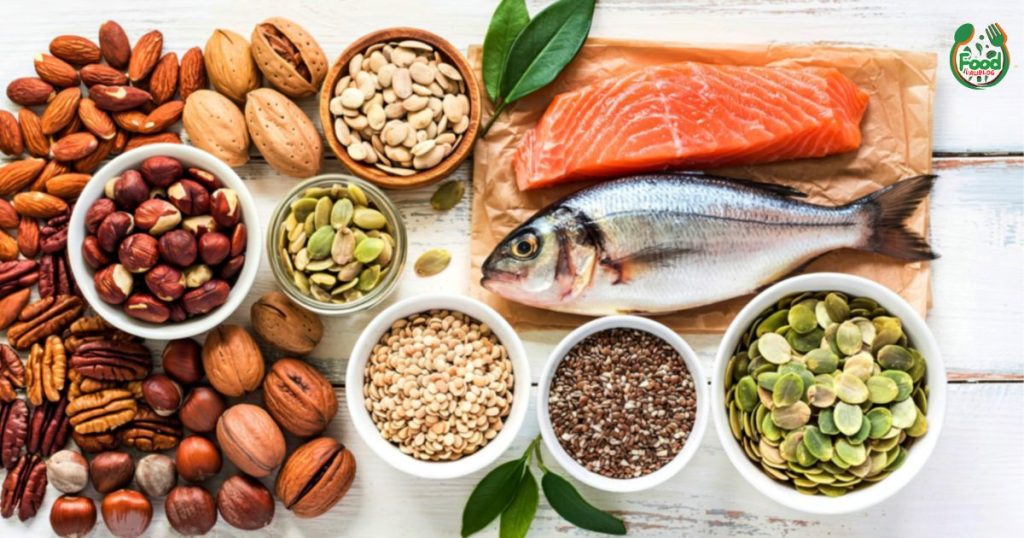
Here is a quick and dirty way to calculate it:
Locate the moisture content number on the label (for example, 10 percent).
Subtract the moisture from 100% to find out how much dry matter there is in the food (100-10= 90%).
Locate the crude fat percentage on the package (example: 8%).
Take the crude fat and divide it by the dry matter percentage, then multiply by 100 (8% / 90%) * 100 = 8.8% DMB.
General Guidelines for Fat Content
Fat Content Based on Dry Matter. Here are some rough categorizations by fat level for dog food:
Ultra-Low Fat: usually less than 10% DMB. This is generally for a higher level of pancreatitis or some other critical illness that requires severe fat restriction.
Little Fat: Typically between 10% and 15% DMB. This is an appropriate range for most dogs on fat-restricted diets, such as those with a history of pancreatitis or hyperlipidemia.
Moderate Fat/Maintenance: 15-20% DMB. That is normal for many healthy, active ADULT dogs.
High Fat: Anything at or above 20% DMB. Highly active working dogs, underweight dogs and puppies. All of these foods are generally formulated for highly active working dogs, but can equally be fed to underweight/growing/developing young dogs.
Your vet would be the best to assess the exact fat percentage needed for your dog based on your dog’s conformation.
High Quality Features in Low-Fat Dog Food
To lose fat without losing out on overall nutrition. A high-quality, low-fat dog food should still offer everything your pet needs for his health and well-being, but with reduced calories and lower fat content.
High-Quality, Lean Protein Sources
Protein helps to maintain lean muscle mass, which can be especially important for a dog that is being calorie-restricted to lose weight. Seek out high-quality, named, lean animal protein sources among the first several ingredients. Excellent options include:
Deboned chicken or turkey
Fish like cod or pollock
Lean cuts of lamb or beef

Egg product
Stay away from formulas that are based on the inclusion of ambiguous ingredients (like “meat and bone meal”) or use plant-based protein as the primary ingredient, which dogs cannot digest as well.
Digestible Carbohydrates and Fibre
Carbs energize you, and dietary fibre supports a healthy digestive system. Fibre in the diet is all the more indispensable when it is a low-fat type of diet.
Soluble Fibre: Found in foods such as beet pulp, pumpkin and psyllium husk that can absorb water to create a gel-like substance that slows down digestion and may help you feel fuller.
Non-Soluble Fibre: Fibres such as cellulose and pea fibre therefore bring substance to the excrement, which allows normalizing bowel movements and preventing constipation.
Go for whole-food carbohydrate sources such as sweet potatoes, brown rice, barley and oats. They’re a source of “good” carbohydrates that can give you prolonged energy and are usually easy on your tummy.
Omega-3 and Omega-6 EFA’s
Even on a low-fat diet, dogs require essential fatty acids to maintain healthy skin and coat and reduce inflammation. The issue is one of source and cf agnosticism. Omega-3 fatty acids (EPA and DHA in fish oil) are dynamite anti-inflammatories. This is an excellent benefit for pancreatitis and arthritis.
Seek out foods with details on fish oil, flaxseed or canola oil. These will help ensure that your dog is receiving these essential nutrients, despite the relatively low fat content in general.
Fortified with Vitamins and Antioxidants
On the other hand, a good formula will be supplemented with vitamins and minerals that can help shore up any nutritional deficiencies in an otherwise limited diet. The most important are the antioxidants such as Vitamin E and C, selenium, etc. They fight oxidative stress and maintain a strong immune system, which is essential for dogs with chronic health issues.
Low-Fat Dog Food For Healthy Digestion: 5 Must-Haves
Below, you’ll find five great low-fat dog food recipes that focus on digestive health without sacrificing ingredient quality. And, of course, some of them are veterinary diets, which will require a prescription from your vet.
I personally use Royal Canin Veterinary Diet Gastrointestinal Low Fat.
Best For: Dogs with acute and chronic pancreatitis, as well as other serious digestive problems.
It is a therapeutic diet that has been used in the management of severe gastrointestinal conditions. It is carefully formulated to be ultra-low in fat and easily digestible, which helps reduce the workload on the pancreas and other digestive functions.
Key Features:
Ultra Low Fat Content: When fat content is well below 10% DMB, it is formulated for the most stringent fat control requirements.
High Digestible Proteins: High-quality proteins, including digestive enzymes for simplified digestion and optimal nutrient absorption.
Prebiotics and Fibre Blend: This formula includes an exclusive range of dietary fibres, including prebiotics, to support healthy gut bacteria and overall digestive health.
Omega-3 Fatty Acids: Enriched with EPA and DHA sourced from fish oil that help to soothe inflammation.
This veterinary formula is available by prescription only, so you will need your vet’s authorization before purchasing it on chewy.com. It is available in both dry and canned wet food options.
Hill’s Prescription Diet i/d Low Fat Digestive Care Keys to Successful Management. Proper therapy depends on whether the dog or cat has vomiting, diarrhea, or both.
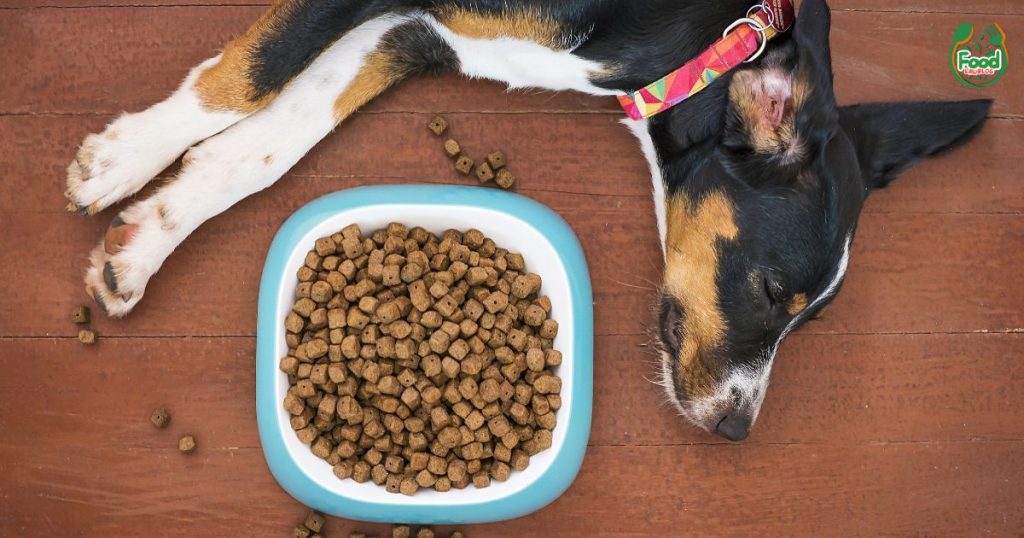
Best For: Dogs with weight issues, pancreatitis or non-fat-responsive GI disease.
Another top-ranked veterinary diet, Hill’s Prescription Diet i/d Low Fat, is clinically proven to calm and soothe the digestive tract. It’s an excellent choice for canines that require minimal fat content, but would also benefit from a formula that is formulated to help actively improve stool quality.
Key Features:
ActivBiome+ Technology: An exclusive blend of prebiotics clinically proven to activate the gut microbiome for better digestive health rapidly.
Moderated Fat: Low fat content to reduce the workload on the pancreas and assist dogs that struggle to digest fats.
Contains a Variety of Minerals & Electrolytes: Great for Rehydration after Physical Activity, and it is Packed with B VITAMINS.
Soothe Digestion: Contains ginger to naturally and effectively calm and soothe the GI tract.
In dry kibble, canned pâté and a chicken and vegetable stew, this diet has all the flavours — or at least enough variety for picky eaters. A prescription is required.
Purina Pro Plan Veterinary Diets EN Gastroenteric Formula With Fibre Dog Food
Best For: Dogs with various GI conditions, including gastritis and enteritis.
Purina EN Gastroenteric Formula. This dog formula is highly digestible, which means more nutrients are available to support your dog’s immune system and help keep him free from the mess of excess stool output. It’s slightly higher in fat than the Royal Canin or Hill products, but it is a moderate fat diet for those dogs that need extra help with digestion.
Key Features:
Excellent Digestibility: Designed with low-residue ingredients, such as coconut oil (medium chain triglycerides), that are easily absorbed for energy.
Moderate Fat: Offers a balanced blend which helps dogs that need some fat moderation but not to an ultra-low level.
Colostrum source: Colostrum is included as an ingredient in the dry formula to help support gut and immune health.
High Total Digestibility: Maintain a nutritional balance. Speaking of feeding, your dog gets more than the benefit of immediate availability; she also gets high total digestability.
The diet also needs to be prescribed by a veterinarian and is a reliable option in many veterinary surgeries around the world.
Wellness CORE Reduced Fat Formula
For: Over-the-counter weight management option for dogs with mild fat sensitivities.
For pet parents who prefer grain-free, non-prescription diets, it’s hard to beat Wellness CORE Reduced Fat. It is formulated for weight maintenance, but its low-fat and high-protein profile makes it acceptable for dogs that need a lower level of fat and calories.
Key Features:
Lower Fat And High Fibre: Protein-rich, low-fat recipe with deboned meat and fish to help maintain a healthy weight and minimize hairballs in indoor felines. Contains roughly 25% less fat than Wellness CORE Original.
They do not say Grain-Free: Great for dogs that are sensitive to grains. Primary carbohydrate sources are lentils and peas.
Nutrient-Rich: Formulated with ingredients such as antioxidants, probiotics, glucosamine and chondroitin for optimal health of the whole body, including gut function – starting your pet out on the proper dietary regimen.
No Fillers or Artificial Additives: Made with no corn, wheat, soy and artificial colours, flavours, or preservatives.
This is an excellent maintenance diet for dogs who have lost weight or for breeds that are prone to gaining weight, such as labradors and beagles. Have your vet’s approval before making the switch, particularly if your dog has a history of pancreatitis.
Fat Dogs Low Calorie Dry Dog Formula By Natural Balance
Best For: Inexpensive OTC weight management.
As the name implies, this formula primarily aims to support obesity-prone dogs in reaching an ideal body condition. It does so through a mix of low-fat, unique types of fibre, and enough protein to ensure you don’t lose muscle.
Key Features:
Weight Loss: Supports the weight loss of small dogs with a blend of L-carnitine, an amino acid and less fat content.
Tailored Fibre Blend: A proprietary blend of fibre helps your small dog feel full and satisfied, which means they are less likely to beg between meals.
Proper Amount of Protein and Fat: chicken meal and salmon meal help with weight loss, while remaining lean, aiding in the health of your dog’s skin.
Convenient and Cost-Effective: As a non-prescription food, this solution offers an accessible and affordable option for cost-conscious owners seeking a weight management solution.
This formula, however, may not be low enough in fat for moderate-to-severe cases of pancreatitis. It is best to allow chubby pets to slim down under a vet’s supervision.
Introducing New Low-Fat Food to Your Dog
Sudden changes in dog food can cause digestive upset, no matter how good the new food is. Slow is the key to training your dog’s body to catch up.
Transition period between 7-10 days: SUBSTITUTE. Choose this method for your horse’s swap-over period.
Days 1-3: Feed 75% old food, 25% new food.
Days 4-6: Feed half of the old food, half of the new food.
Days 7-9: Feed 25% former diet, mixed with 75% new.
Day 10: Serve 100% new food.
After that time, focus harder on its stool types: consistency, energy level and attitude overall. If you see any vomiting, diarrhea or other negative signs, slow the transition down and talk to your veterinarian. And don’t forget to get rid of the high-fat treats, tidbits from your table and any other dietary sources of fat that could interfere with a new diet.
Frequently Asked Questions (FAQ)
Q1: May I prepare homemade low-fat dog food for my dog?
A: There is a homemade low-fat diet, but it isn’t easy to balance and make sure that it contains all the necessary nutrients. One of our board-certified veterinary nutritionists would need to formulate a unique recipe. Commercial veterinary diets are developed and tested to ensure appropriate levels of certain nutrients for dogs with specific medical conditions, so they’re a far safer bet.
Q2: What can I give my dog on a low-fat diet?
A: The tempting treat can undermine the low-fat diet. Steer clear of fatty treats such as cheese, peanut butter and processed dog biscuits. Instead, choose healthful, low-fat treats such as baby carrots, green beans or fresh blueberries or small bits of cooked lean chicken. Their daily dry kibble can also serve as tasty training treats and rewards.
Q3: Is a Grain-Free Diet better for a dog with digestive problems?
A: Not necessarily. While some dogs are sensitive to particular grains, most have no problem digesting rice or barley. And for digestive issues like pancreatitis, it’s the fat content that matters a lot more than the grain content. In reality, however, some grain-free recipes are very rich in fat and calories. Whether you choose to go grain-free should depend on your particular dog and a conversation with your vet.
Q4: How long will my dog have to eat a low-fat diet?
Q: The answer depends on the cause. Liver: Low-fat diets may be short-term or long-term, depending on the cause of your dog’s issue. If a diet change alone is enough to control this condition, you will need to feed low-fat until s/he die. But for some dogs, chronic pancreatitis, hyperlipidemia (type 1) or another medical condition causes the need for a low-fat diet, making it essential over the course of their lives to keep them from getting sick again and keep them healthy.
Q5: Will a diet low in fat be harmful to the shine of my dog’s coat?
A: A good low-fat diet should not affect your dog’s coat in that way. Good food options, such as those discussed above, are supplemented with the correct ratios of Omega-3 and Omega-6 fatty acids to support healthy skin and coat. If you see your dog’s coat quality worsening after changing foods, discuss it with your veterinarian, as it may indicate another problem or the addition of another fatty acid supplement.
<script type="application/ld+json">
{
"@context": "https://schema.org",
"@type": "BlogPosting",
"mainEntityOfPage": {
"@type": "WebPage",
"@id": "https://foodlawblog.com/"
},
"headline": "5 Must-Have Low Fat Dog Food for Healthy Digestion!",
"description": "Low fat dog food: A healthy diet is the foundation of your dog’s health, and for a lot of dogs, that requires careful monitoring of fat content. Dietary fats are key for energy, but if they’re fed in excess, it can result in digestive issues and, even more concerning, health problems such as pancreatitis. Whether your vet has suggested making a change or you have reason to believe that your fur kid might do better on a leaner diet, wading through all the low-fat dog food options can be confusing.",
"image": "https://foodlawblog.com/wp-content/uploads/2025/10/low-fat-dog-food-4.jpg",
"author": {
"@type": "Person",
"name": "Habibur Rahman",
"url": "https://foodlawblog.com/about-us/"
},
"publisher": {
"@type": "Organization",
"name": "Habibur Rahman",
"logo": {
"@type": "ImageObject",
"url": "https://foodlawblog.com/wp-content/uploads/2025/10/cropped-cropped-cropped-latest.png"
}
},
"datePublished": "2025-10-26",
"dateModified": "2025-10-26"
}
</script>